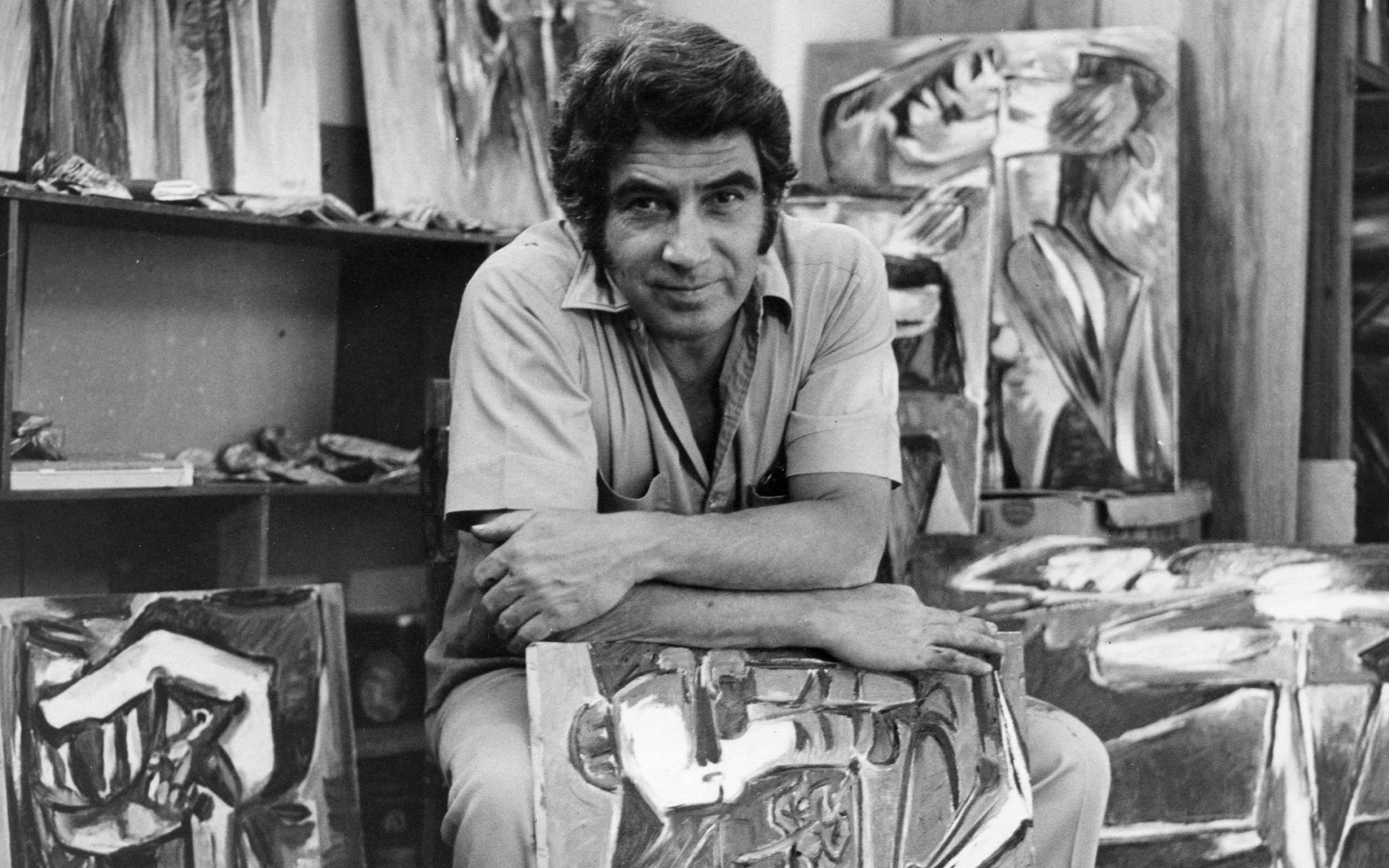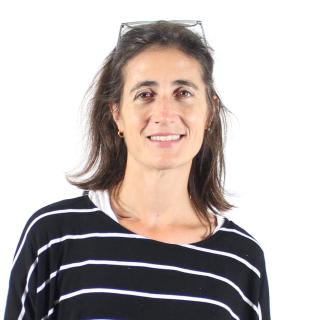
Oswaldo Vigas: Halfway between Latin America, Africa, and Europe
The Boca Raton Museum of Art presents a collection of works by the Latin American master that he created in Paris in the 1950s, and in Venezuela from 1969-1976
“The Americas are a cosmos. Our continent is full of dark signs and warnings: telluric signs and magic that are deep components of our condition. At the same time that they reveal something, these symbols also compromise us in a disturbing world of effervescence. The intention of my painting is to reach them, interpret them, and translate them into new warnings. My paintings are halfway between Latin America, Africa, and Europe.”
These words belong to one of Venezuela’s most prolific and influential painters of the 20th century, Oswaldo Vigas (1923-2014), known for his singular vision that takes inspiration from his pride in his Mestizo identity, alongside the history, mythology, and ancient art of Venezuela, mixed with influences from European modernism.
Conceived as an homage to the artist by his son, the award-winning filmmaker Lorenzo Vigas, The Boca Raton Museum of Art presents the exhibition "Oswaldo Vigas: Paintings Between Latin America, Africa, and Europe" (on view through May 21), a collection of works by the Latin American master that he created in Paris in the 1950s, and in Venezuela from 1969-1976. The exhibition features several works that have never been exhibited before in the United States. The paintings are on loan from the Oswaldo Vigas Foundation.
Vigas is celebrated as a towering figure of modernism in Latin America, with a career spanning seven decades. His first solo exhibition in the U.S. was in 1958 in Washington, D.C.
Described as “an artist who bridged the gap between pre-Colombian iconography and the experimental art movements of the 20th century,” Vigas received the International Association of Art Critics Award twice (in 2008 and 2014), and was the recipient of the Latin Union Award in Washington, DC in 2004.
“For South Florida audiences, at the crossroads here of the contemporary Latin American experience, this new presentation of the work of Oswaldo Vigas takes on a whole new meaning at this time in American culture,” says Irvin Lippman, the executive director of the Boca Raton Museum of Art. “We are thrilled to partner with the Oswaldo Vigas Foundation, and to welcome the artist’s widow and son to usher in the opening of this powerful exhibition.”

A self-taught painter and muralist, Vigas’ work includes paintings, sculptures, prints, drawings, ceramics and tapestries. He identified as 'Mestizo,' a South American term for a person of mixed Indigenous and Spanish heritage. As a child, he was keenly interested in the pre-Colombian artifacts and petroglyphs in the region.
"Although abstraction and figuration can be found in his paintings, Vigas did not want his work to be labeled as either," the curators say in a press release.
RELATED CONTENT
A modernist who masterfully blended elements of cubism, surrealism, constructivism, and neo-figuration, every painting is imbued with his ongoing exploration into his Mestizo identity. Pre-Colombian lines and figurations can easily be seen in his work along with his affinity for the female form and his strong, gestural style, which are hallmarks of his work.
Vigas was a contemporary of Picasso, Ernst, Léger, Calder, and Lam, and he became close to these artists while living in Paris during the 1950s and 1960s (especially Picasso, who encouraged Vigas to reflect on notions of ancestry in his work). Vigas was the first artist to represent Venezuela at the Venice Biennale when its national pavilion was introduced in 1954, and again in 1962 to organize the Venezuelan section. He was successful in France, where his works were exhibited alongside artists Jean Arp, Chagall, Giacometti, Laurens, Magritte, Matisse and others.
Vigas returned permanently to Venezuela after 12 years because he passionately yearned to contribute to his own country’s art scene by utilizing the knowledge he gained in Europe. Some say this move prevented him from gaining the international traction of his contemporaries in Paris from that era.
“My father’s art was always woven with the primeval roots of Latin American culture, yet he is no longer viewed merely as a ‘Latin American artist’– he is now acknowledged as a modern universal artist," says Lorenzo Vigas, as quoted at the press release.
“Through his work, he reinstated our continent’s Pre-Columbian roots and African heritage with vibrant European and North American modernism. He dedicated his entire life to creating art, and never stopped painting until the final day of his life,” adds Lorenzo.












LEAVE A COMMENT:
Join the discussion! Leave a comment.